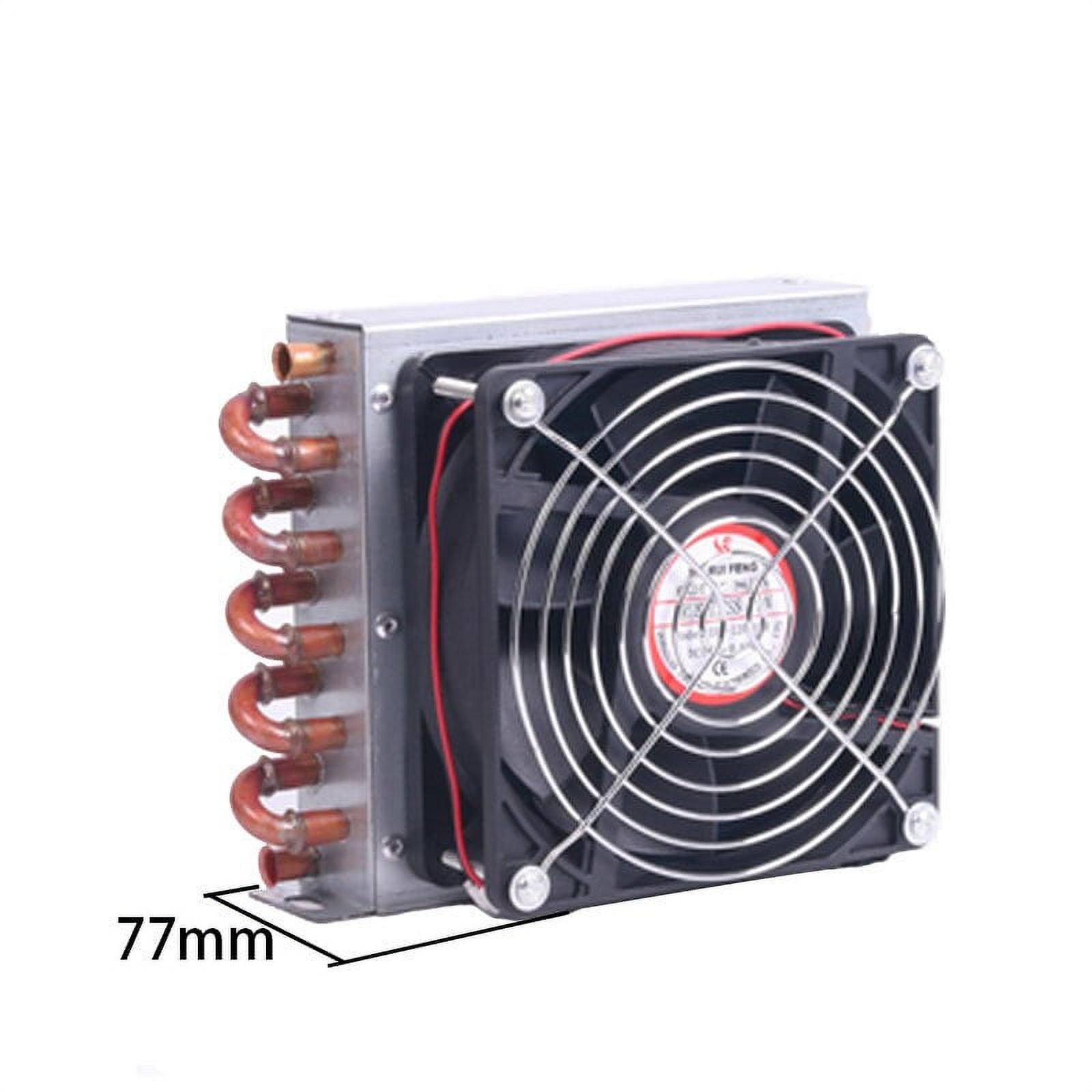****See last thread here for the latest information.****
I have experimented with the speeds and agree that it does remain cooler using slower speed. I have zero issues with the timing of my fills, the Box works great in doing so.
I recently (yesterday) have added a small radiator to the inflow side of the fan and am running ice water through the radiator to give it more cooling. I am in the very early stages of testing at this point and do not have an outcome or data yet but will post likely in a week or two with that information. The radiator was only about $25 by the way and looks very promising as it is putting out <50° air to the cylinders. The ambient temperature yesterday was around 76°. Since I live in a hot clime (most of the time), it's important to me that the air is as cool as possible to aid in mitigating the possible heat issues.
My humidity meter shows <30% normally (unless overcast) and I usually top-off my tanks between 15% and 25% humidity, even having a pre and post moisture filters, thus the normally hot temperatures.
Mike
I have experimented with the speeds and agree that it does remain cooler using slower speed. I have zero issues with the timing of my fills, the Box works great in doing so.
I recently (yesterday) have added a small radiator to the inflow side of the fan and am running ice water through the radiator to give it more cooling. I am in the very early stages of testing at this point and do not have an outcome or data yet but will post likely in a week or two with that information. The radiator was only about $25 by the way and looks very promising as it is putting out <50° air to the cylinders. The ambient temperature yesterday was around 76°. Since I live in a hot clime (most of the time), it's important to me that the air is as cool as possible to aid in mitigating the possible heat issues.
My humidity meter shows <30% normally (unless overcast) and I usually top-off my tanks between 15% and 25% humidity, even having a pre and post moisture filters, thus the normally hot temperatures.
Mike
Last edited:
